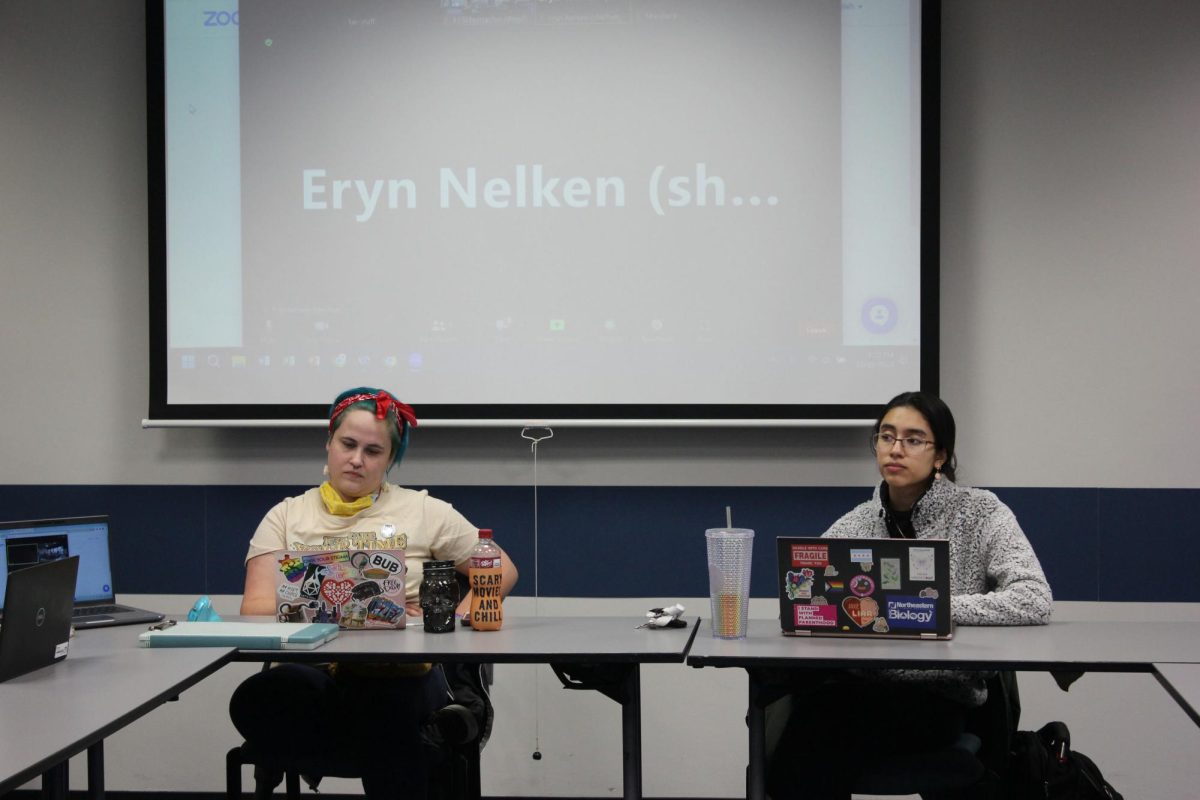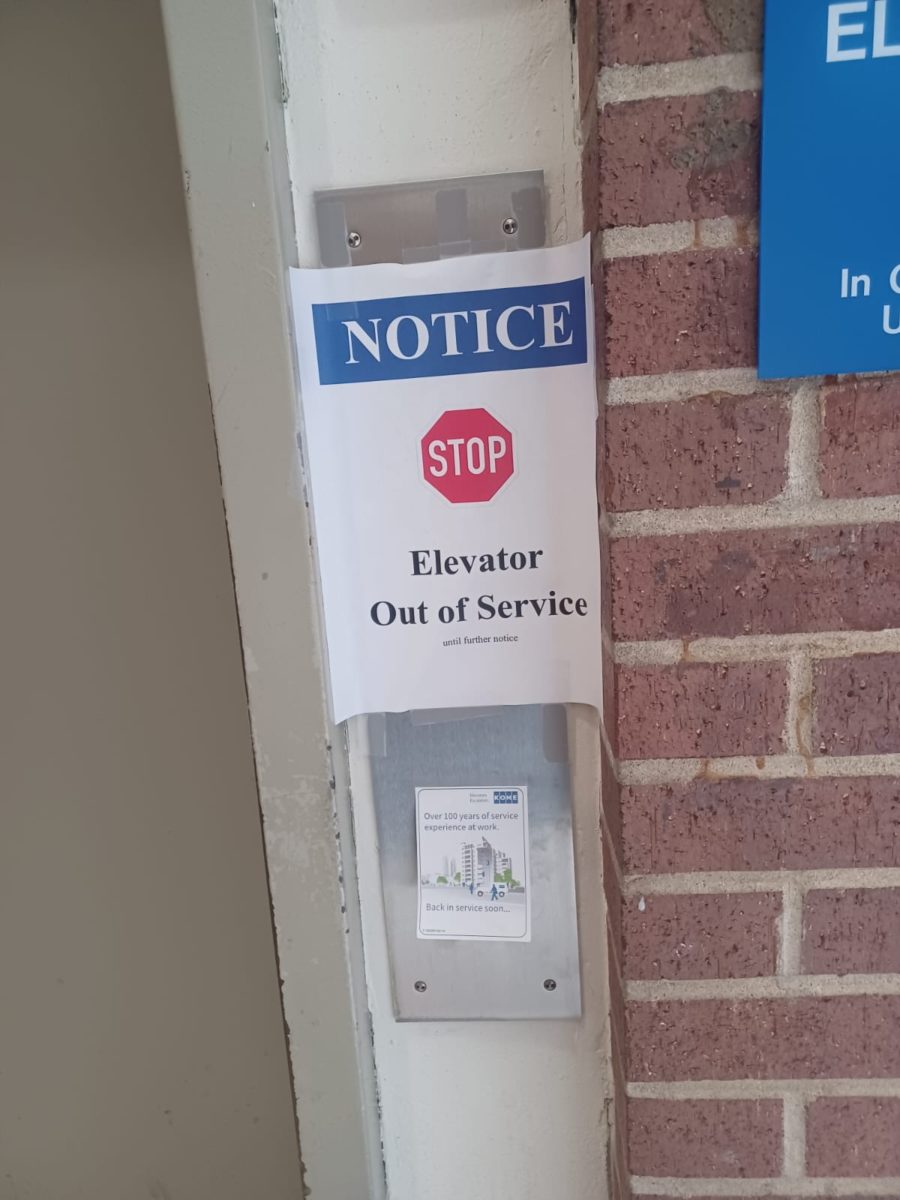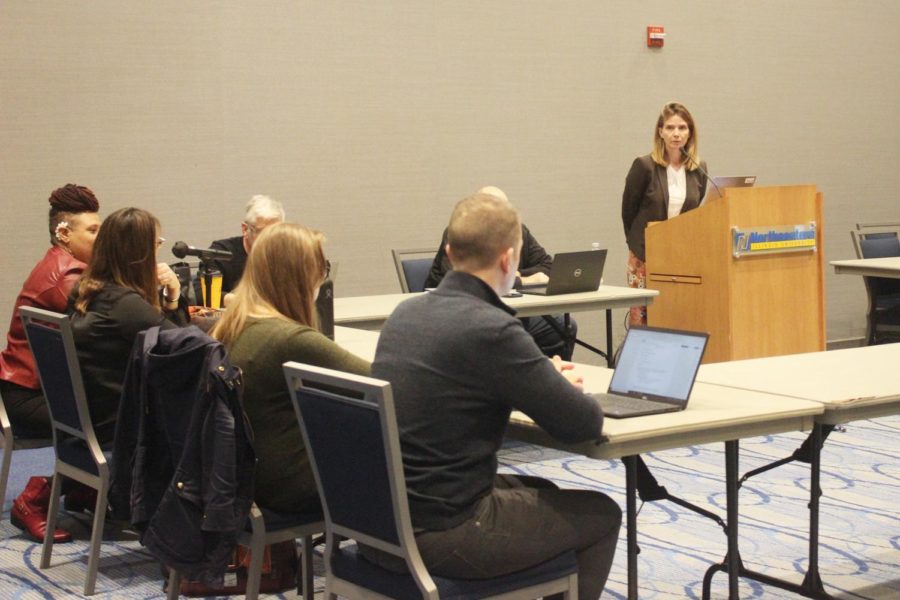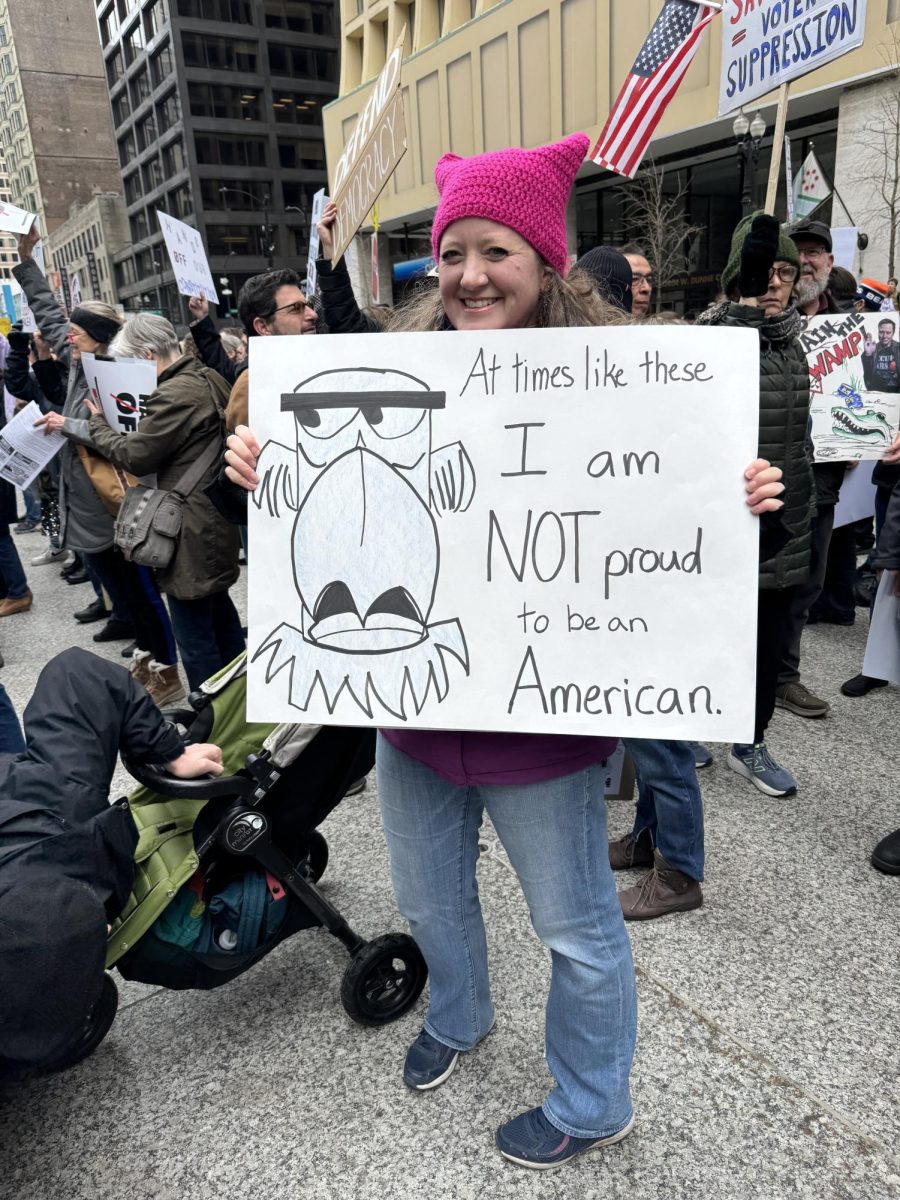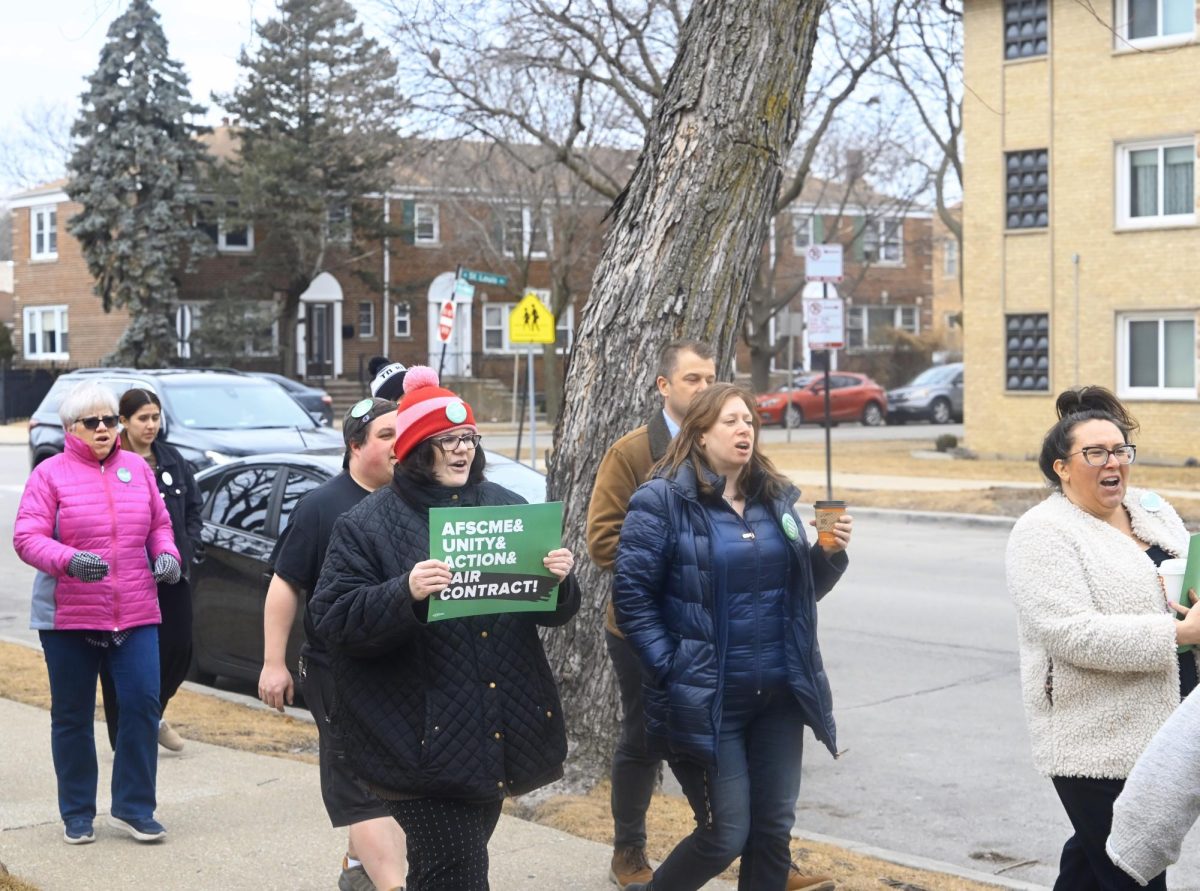The Faculty Senate continued discussion of Robert’s Rules of Order (RRO), a procedure by which the senate operates its meetings. The issue has yet to be resolved. For more on Robert’s Rules of Order, see the Independent’s coverage of the Faculty Senate’s previous meeting.
Adam Goldstein, Faculty Senate Vice Chair and a professor of the Communication, Media, and Theatre (CMT) department, who originally proposed the removal of adhering to Robert’s Rules as a procedural requirement, reintroduced the issue while also providing alternative meeting mechanisms made available in a public Faculty Drive.
Nancy Wrinkle, a professor in the Mathematics department and a Steering Committee member, asked, “So if we pass this motion today to remove the requirement that we use Robert’s Rules, do we still use Robert’s Rules? Like, I know that we joke about ‘oh, and then chaos ensues.’ But really, what happens? Right after the motion passes?”
Essam Elshafie, a professor of Accounting, Business Law and Finance, raised a different concern: “So let’s say today, we have an issue with the agenda items, and we’ll discuss it and change it. Next week, we have another issue with another item…So are we gonna continue our life doing this?”
However, not all senate members were opposed. Some were willing to consider the removal if the senate decided on how to proceed before Robert’s Rules gets removed. Anne Le, another professor of Accounting, Business Law and Finance, said, “We need to come up with something first, before we get rid of something current that has something we don’t like.”
This brought up another concern: Does motioning to remove Robert’s Rules mean eliminating it completely? Shannon Saszik, a professor of Psychology, said that due to the bounds of the Constitution and the Open Meetings Act, Robert’s Rules will still be in effect until an alternative is decided on. To which Dr. Le said, “It’s even more confusing, because do we follow Robert’s Rules of Order or not?”
Vice Chair Goldstein clarified that the motion to remove Robert’s Rules from the Faculty Senate’s current bylaws will not eliminate it completely, nor will it need an agreed upon alternative beforehand. “It is simply to open the door to allow us to discuss it further by removing the bylaw requirement that we use it.”
Brian Torosian, a professor in the Music and Dance department, noted the seeming contradiction in removing Robert’s Rules only to have to continue to use it before agreeing on an alternative method. However, he echoed a sentiment from earlier, saying, “You want to keep the rules but you want to get rid of a few…What if we have a committee that has a duty to do that?”
Due to time constraints, Faculty Senate Chair Nikolas Hoel formally proposed said ad hoc committee to continue discussion, which all members in the room approved of.
Interim President’s Report
After recapping her State of the University address on Oct.24 as a highlight of the accomplishments of administrative staff during this period of transition, President Katrina Bell-Jordan reported the results of two other administrative meetings.
The first meeting with the Finance, Building, and Grounds Committee on Oct. 23 revisited the issue of potential tuition and fee increases–which would mean a 3% increase in undergraduate tuition, a 5% increase in graduate tuition and a 5% increase in fees.
The proposal faced oppositions within the board, and so was tabled for discussion in the next meeting, which President Bell-Jordan remarked, “is an opportunity to drill even further into … how exactly the tuition and fees will impact the students, or students depending on the local financial aid, depending on their number of credit hours, and also how the tuition and fees will impact our programs.”
Her second meeting with an Academic/Student Affairs, Enrollment and Technology Committee (ASAET) on Oct. 27 highlighted the Board of Trustees’ (BoT) positive reception of the Interim Provost’s “robust” presentation on NEIU’s academic programs. President Bell-Jordan also addressed the entire administrative team, saying “[they] did a very good job of trying to respond to some of those…persistent questions.” She emphasized that it’s “very important that we have responses, and that you will hear responses.”
President Search
After expressing concern over the need for a Faculty Senate representative in the presidential search, Dr. Hoel, Steering Committee members and other senators, expressed concern of nearly no communication from the search committee since Dr. Bell-Jordan became interim president.
Dr. Hoel said, “It’s kind of striking in my mind and in others, that they were very communicative up to that point. And then there was radio silence.”
After talking with the chair of the search committee, the resolution was that a timeline would be shared after the committee had been formed. Dr. Hoel said, “I’m not usually inherently a skeptical person, but I’m a little skeptical of this.”
Nevertheless, the Faculty Senate proceeded to hear from two self-nominated candidates: Dr. Elshafie and Sarah Fabian, Secretary of the Faculty Senate and a professor of the CMT department. Fabian was selected as the representative in a 16-5 vote. However, it’s possible the Faculty Senate will appoint two representatives, either as an alternate or due to the number of senate members.
The Faculty Senate holds meetings on the 2nd and 4th Tuesday of every month. All university community members are welcome to attend.




